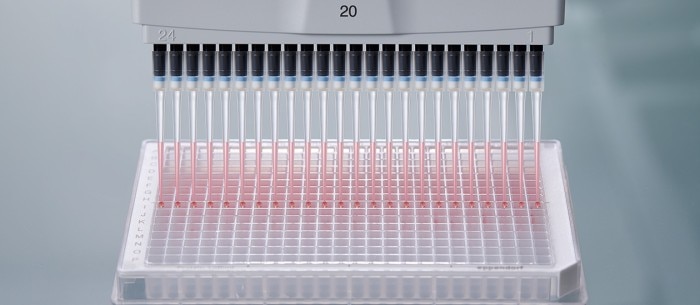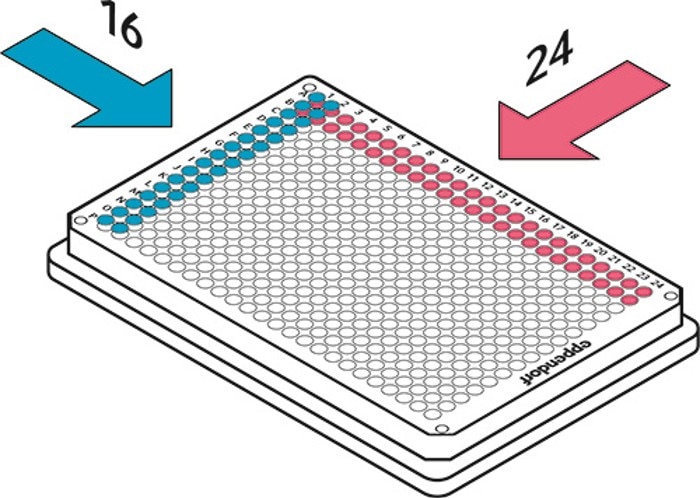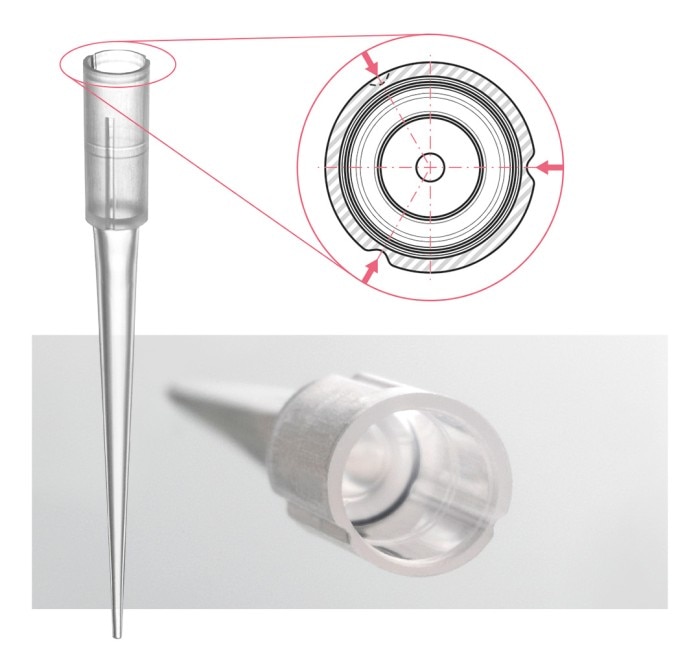MENU
MA | EUR
-
-
-
- Services pour bioprocédés
- Services pour centrifugeuse et rotors
- Services pour Mastercycler
- Services pour automates de pipetage
- Services pour congélateurs
- Services pour incubateurs
- Services pour agitateurs
- Services pour appareils de photométrie
- Service de contrôle de la température et de l’agitation
- Service pour pipette
-
-
-
-
- Services pour bioprocédés
- Services pour centrifugeuse et rotors
- Services pour Mastercycler
- Services pour automates de pipetage
- Services pour congélateurs
- Services pour incubateurs
- Services pour agitateurs
- Services pour appareils de photométrie
- Service de contrôle de la température et de l’agitation
- Service pour pipette
-
MA | EUR
-
- Toutes les centrifugeuses
- Centrifugeuses de paillasse
- Centrifugeuses au sol
- Centrifugeuses réfrigérées
- Microcentrifugeuses
- Centrifugeuses multi-fonctions
- Centrifugeuses haute vitesse
- Ultracentrifugeuses
- Concentrateur
- Produits IVD
- High-Speed and Ultracentrifuge Consumables
- Tubes de centrifugeuse
- Plaques de centrifugeuse
- Gestion des appareils
- Gestion des échantillons et des informations
-
- Toutes les pipettes, tous les distributeurs et tous les systèmes automatisés de manipulation de liquides
- Pipettes mécaniques
- Pipettes électroniques
- Pipettes multicanaux
- Distributeurs et pipettes à déplacement positif
- Pointes de pipette
- Distributeurs sur flacon
- Auxiliaires de pipetage
- Accessoires pour pipettes et distributeurs
- Automates de pipetage
- Consommables d’automatisation
- Accessoires d’automatisation
- Services pour pipettes et distributeurs
Sorry, we couldn't find anything on our website containing your search term.
Vous vous apprêtez à quitter ce site.
Veuillez noter que votre panier actuel n’est pas encore enregistré et ne pourra pas être affiché sur le nouveau site ou lors de votre prochaine visite. Si vous souhaitez enregistrer votre panier, veuillez vous connecter sur votre compte.
Sorry, we couldn't find anything on our website containing your search term.

Pipetting small volumes - How to tame the 384-well beast?
Dr. Stefanie Rösel Lab Academy
- Biologie cellulaire
- Pipetage et distribution
- Pipettes
- Test
Do the tips fit? Will I manage to concentrate sufficiently on 384 tiny wells? Will I be able to fill the plate flawlessly? Do these concerns look familiar to you? In a nutshell - pipetting 384 wells precisely and error-free can easily look as a frustrating scenario. The following tips will help you to tame the 384-well plate beast!
Precision and safe liquid transfer – A challenge when pipetting small volumes
Smaller volumes in favor of an increased throughput. Next generation sequencing, large scale PCRs, immunoassays, to name just a few. The workload in the laboratories is constantly increasing and after we have got used to 96 wells, the age of 384-well plates has begun. High-throughput sample processing requires smaller and a larger number of reaction vessels. At the same time, it is mandatory to maintain quality and a high level of reproducibility. Losing sample material is not an option, whereas precise and safe liquid transfer becomes a challenge. Once throughput increases and sample volumes decrease, users face a dilemma. Manual pipetting of 384 wells confronts us with a bouquet of challenges.
The dilemma
If you have ever tried to load a 384-well plate with 8- or 12-channel pipettes, you know the challenge of the “alternate well pipetting method”. Only every second well can be equipped at the same time. This requires 120 % concentration and takes exhausting ages to finish. Any inattention takes revenge in starting from the very beginning. Since usually tips are used, which were originally optimized for 96-well plates such as yellow 200 µl tips, targeting gets very tricky and you hit the well’s edge faster than dear to you. Another particularly unfavorable scenario is tips that are not aligned in a row. This is called non-coaxially aligned tips, a well-known issue from 12-channel pipettes. Targeting an entire plate row and simultaneous well loading becomes a tightrope act. Dropping off tips due to a poor fit? A new dilemma: Lost samples and potential cross-contamination. Finally, a bad tip fit also leads to the uptake of varying sample volumes. Especially with small volumes, this increases the relative error of your analysis.
The way out
Working with smaller volumes requires precision work, a safe and error-free liquid transfer and optimal plate maneuvering. The following information will help you, that pipetting does not become a time-consuming and tedious material battle at the burden of quality and reproducibility:
Lire la suite
- Use 16- or 24-channel pipettes
Avoid tedious, time-consuming and error-prone “alternate well pipetting”. With 16- or 24-channel pipettes you can fill a 384-well plate with less pipetting steps within a minute. Complete columns or rows can be easily processed, protecting you from accidental well misidentification and repeating of experiments. Faster plate loading will also allow to keep equal starting conditions for your reactions.

- Reliable coaxiality
Ask your provider for tip coaxiality. Ideally aligned tips will help to facilitate your sample transfer.
- Slim tip shape
Thin tips, which are optimized for 384-well plates, will make it easier to maneuver your samples precisely and safely into the tiny wells.
- Reliable tip fit
Work with tip suppliers who guarantee minimum production tolerances and a constant high tip fit to avoid sample loss or cross-contamination. Ask for features that ensure a reliable tip fit from start to the end of the row. Elastic forming groves allow tips to stretch during attachment for a perfect grip on the cone and reduced operating forces.
Lire la suite

- Tip tightness
Both tips and pipette should guarantee a good locking between tip and cone. Optimal fit and tightness will help you to keep the relative error as low as possible, especially by pipetting smallest sample volumes.
- Uniform tip seat across all channels (channel-homogeneity)
Evenly and uniformly inserted tips ensure pipetting exact same sample volumes. Pipette features like haptic feedback give you the security over a correct fit without “rocking & banging”.
- Pipetting technique
Check your pipetting technique. Immerse as little as possible, but deeply enough to avoid uptake of air. See more on (https://handling-solutions.eppendorf.com/liquid-handling/pipetting-facts/small-volumes/detailview/news/how-to-pipette-small-volumes-with-handheld-manual-pipettes
- Stick to the 384-well “beast”
Use high-throughput sample processing to your advantage! By processing one 384-well plate instead of four 96-well plates you save valuable time whilst increasing your sample throughput at factor 4.
Appropriate equipment and a correct technique can help you to reduce time and effort keeping maximum precision without losing your mind!
Lire la suite
Eppendorf solutions
Lire la suite
